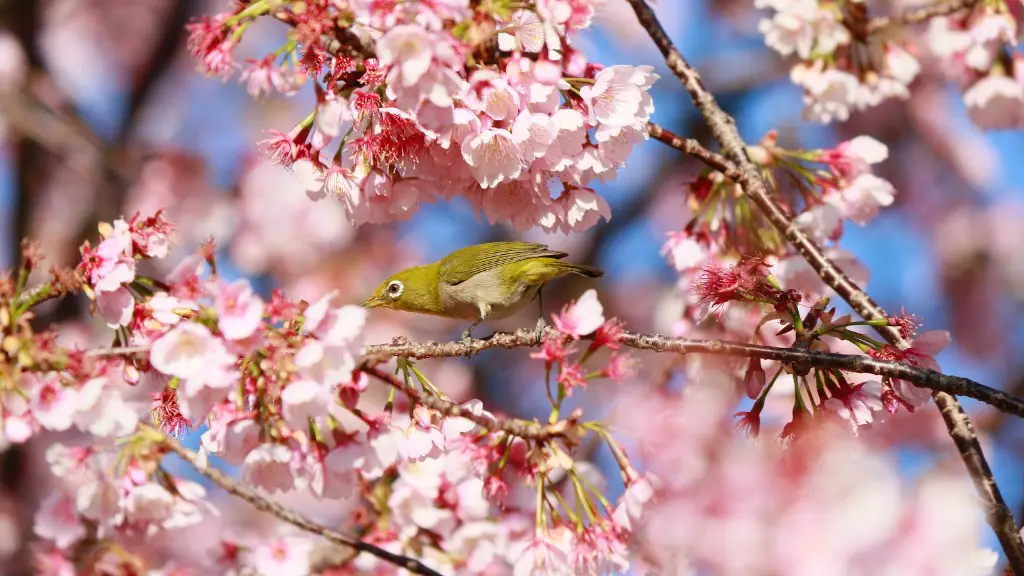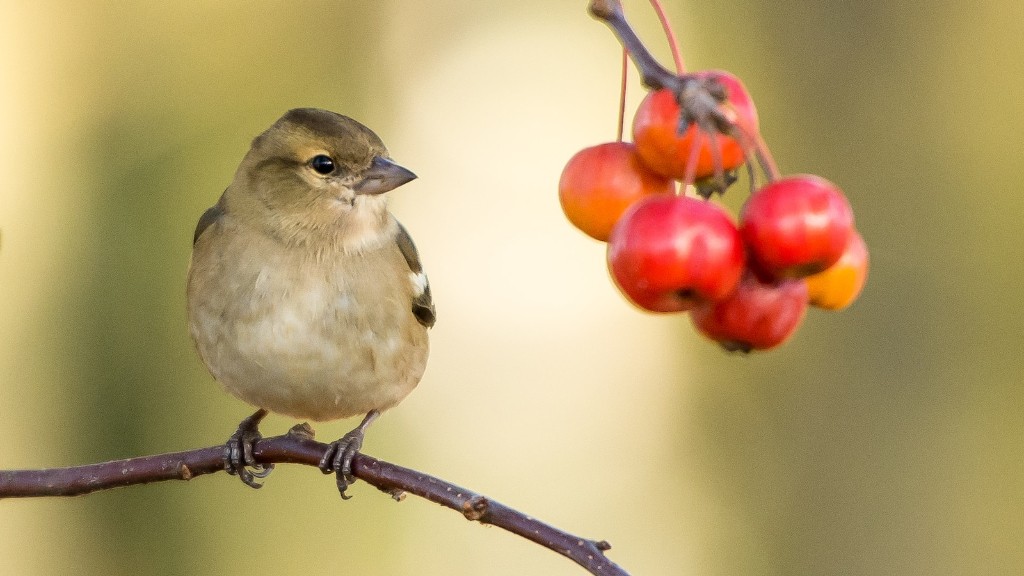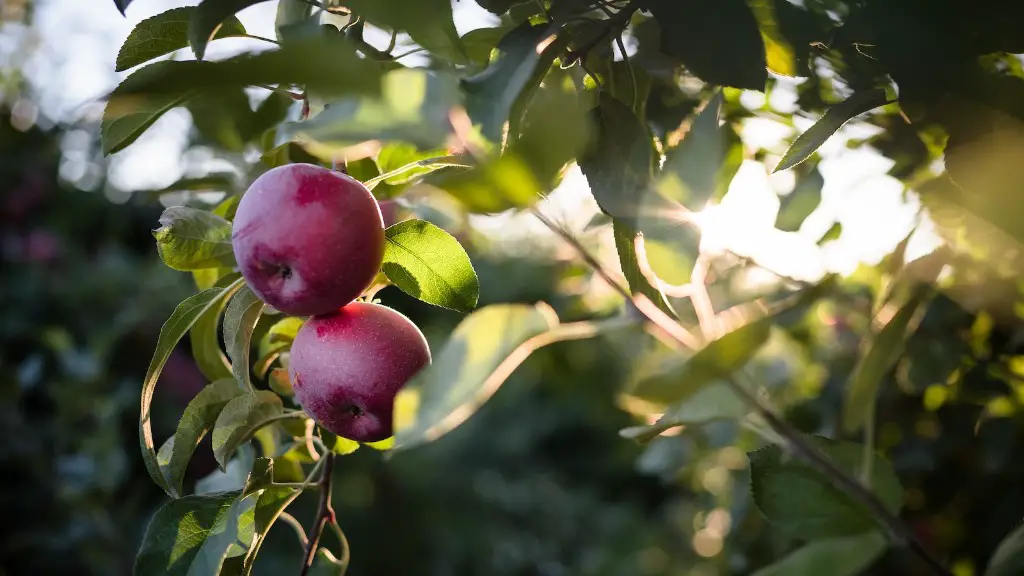Cherries are a popular and versatile fruit. They are popular in pies, tarts, jams and ciders and make excellent additions to a variety of dishes. Cherries don’t just taste good, they’re also full of vitamins and minerals that can help to boost our health. For those with a cherry tree in the backyard, knowing how to keep your tree healthy is essential.
Fortunately, taking good care of your cherry tree is relatively simple. Proper watering and fertilization and protection from pests, weather and environmental stressors can do wonders for your tree’s health. Watering your cherry tree can be tricky since too much water can cause root rot, while too little water will limit your tree’s growth. The best way to ensure your cherry tree is getting enough water is to use drip irrigation and ensure that there is good drainage. Fertilizing your cherry tree is also important for its health. A general-purpose fertilizer like a 10-10-10 will provide essential nutrients for your tree. Once every three or four months during the growing season is ideal for fertilizing.
Some pests, such as aphids, spider mites and scale can affect the health of your cherry tree. The best way to prevent them from infesting your tree is to inspect it on a regular basis. If you spot any of these pests, you can use an insecticidal soap to get rid of them. If your cherry tree is affected by a fungal infection, you can treat it with a copper fungicide.
The environment can also take a toll on the health of your cherry tree. Cherry trees require plenty of sunlight and don’t do well in areas that receive intensive heat. Make sure your tree is not placed too close to a building or air conditioner unit where heat can be trapped. Additionally, winter frost can damage the leaves and branches of your cherry tree, so make sure it is planted in a location that is sheltered from cold winds.
Taking care of your cherry tree is important for its health and for continued production of delicious fruit. Fortunately, following a few simple steps can help to ensure your tree stays healthy and produces a bountiful harvest for years to come.
Fertilizing and Pruning your Cherry Tree
Fertilizing and pruning your cherry tree can have a big impact on its health and the quality and quantity of fruit it produces. Fertilizer is key to ensuring your tree receives the nutrients it needs to stay healthy and produce a good harvest. An organic fertilizer like cottonseed meal, aged manure or compost can be used to give your tree a nutrient boost. Pruning your cherry tree can help to reduce overcrowding, which can make it easier for the tree to get enough sunlight and air circulation.
The ideal time to prune your cherry tree is in the winter when the tree is dormant. Start by removing any dead, diseased or overcrowded branches and then trim back any branches that are crossing over or too close to each other. Pruning is also a great way to shape your cherry tree and can make it look more aesthetically pleasing. You should be careful not to prune too much at once though, as this can weaken the tree.
Protecting Your Cherry Tree from Birds and Animals
Birds and other animals can wreak havoc on your cherry tree, eating all the fruit before you even have a chance to pick it. The best way to protect your tree from these pests is to use bird netting or a protective cover to keep them away. If you’re dealing with larger animals such as deer or raccoons, it’s best to use a fence to keep them out.
Using scare tactics like Mylar balloons and shiny objects can also be effective in deterring animals. You can also try using repellents like ammonia and human hair, although these can be very unpleasant and may not be effective in all cases. If all else fails, you can try trapping the animals and relocating them away from your cherry tree.
Dealing with Diseases and Funguses
Diseases and fungal infections can be a major problem for cherry trees. Common diseases include bacterial canker, brown rot and powdery mildew. To prevent these diseases from affecting your tree, it’s important to practice good preventive care. This includes avoiding overhead watering, ensuring there is good drainage and airflow in the area and keeping your tree free of pests.
If your tree is affected by a fungal infection, you can treat it with fungicides. Copper fungicides are the most effective and should be applied regularly throughout the growing season. If you spot any unusual or suspicious areas of your tree, it’s best to speak to a professional about the best course of action.
Harvesting Your Cherry Tree
Finally, when it comes to keeping your cherry tree healthy, harvesting it at the right time is key. The ideal time to harvest your cherries depends on the variety you’re growing. Sweet cherries are typically ripe when they are fully coloured and have a sweet flavour. Sour cherries, on the other hand, should be harvested slightly before they have fully ripened. You can use a cherry picker to make harvesting easier, but picking them by hand can be just as effective.
Knowing when to harvest your cherries is essential for making sure they’re as delicious and juicy as possible. For the best results, you should pick your cherries as soon as they’re ripe and use them right away. If you’re not going to be using them right away, you can store them in the refrigerator. Make sure not to wash them until you’re ready to use them though, as this can reduce their shelf-life.
Watering Your Cherry Tree and Managing Soil Moisture
Watering your cherry tree is essential for its health and for producing a good harvest. Too much water can cause root rot, while too little water can limit your tree’s growth and fruit production. The best way to check if your cherry tree is getting enough water is to use soil moisture meters. These will help to alert you when the soil moisture level drops.
You should water your cherry tree before the soil starts to dry out, ensuring the root zone gets enough water. If you’re dealing with hot weather, you should water your cherry tree more often to ensure it’s getting enough water. If your area receives a lot of rain, you may not need to water your tree as often.
Protecting Your Cherry Tree from Insects and Pests
Finally, protecting your cherry tree from insects and pests is important for its health. There are several common pests that can affect cherry trees, including aphids, spider mites, scale insects, borers, and tent caterpillars. Inspecting your tree for signs of these pests on a regular basis can help to prevent an infestation.
If you do spot any of these pests, using an insecticidal soap or a horticultural oil can help to get rid of them. It’s also important to keep your cherry tree free of dead or dying branches and leaves, as these can attract pests.
Conclusion
Taking good care of your cherry tree is essential for its health and for producing a good harvest. Following a few simple steps, like proper watering, fertilizing and pruning, can help to keep your cherry tree healthy. Additionally, protecting your tree from pests and diseases and harvesting it at the right time can help you get the most out of your tree. With the right care, your cherry tree will thrive and produce delicious fruit for years to come.



